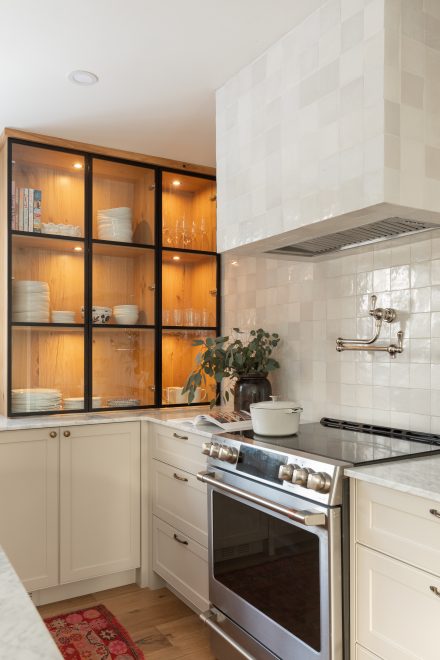
Hello, it’s a great day to start a project.
A simple guide to shopping with intention and creating spaces that are beautiful, functional, and sustainable.
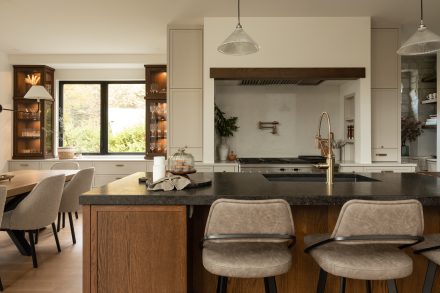
Text: Audrey Larin and Marie Charles Pelletier
Shopping like a designer goes far beyond trends. It’s a thoughtful act rooted not only in our relationship with the space but also in how we live and who we are. It means paying attention to materials, provenance, and how an object will exist in the room. Ultimately, it’s about seeing design not just as decoration, but as a way of inhabiting a space with purpose.
Here are 8 practical guidelines to help you shop and design your space with comfort, durability, and quality in mind. Because every decision you make shapes your daily experience and your quality of life.
Take a moment to observe the space: can something be moved, removed, or reimagined before adding anything new? A successful design always begins by aligning a space with how it’s meant to be used. Often, harmony is achieved through simplicity—sometimes, revisiting what already exists can be enough to transform a room.
Tip: Before buying anything, ask yourself: Will I still love this item in five years, or is it just a passing fancy?
Tip: Always check the composition of the furniture. A natural material, like wood, can be repaired and maintained, unlike composite materials, which will end up in the dumpster if they break. Even if they seem more affordable at first, they are also inevitably less durable.
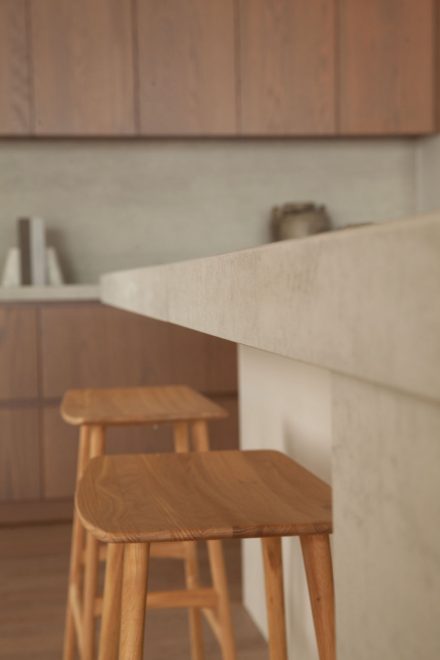
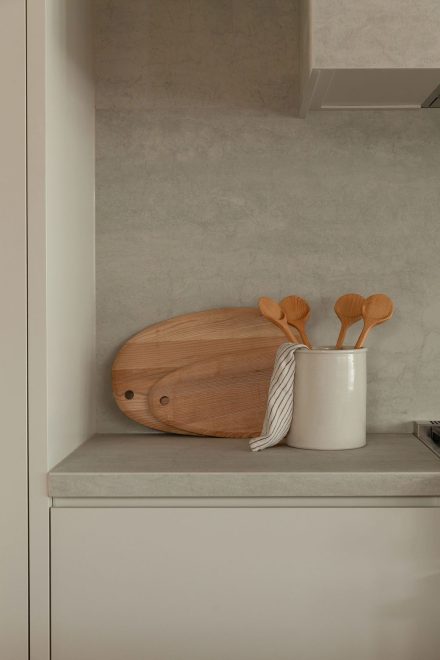
Here’s the strategic order a designer would follow to furnish a space with purpose.
This method allows you to build an interior that evolves with you, without overloading it.
Tip: In the bedroom, a good mattress and a stable bed base are transformative. It’s the best cost-per-use investment in the home.
In the living room, the sofa sets the tone. It anchors the layout and defines the room’s flow.
Furniture designed by a local craftsman or company is often better thought-out, more durable, and easier to repair. It’s designed for your space, your needs, and your lifestyle. It holds real value over time, both sentimental and functional.
The custom-made sideboard designed by Catherine de la Sablonnière for La Pièce is a great example. Inspired by Mid-Century Modern design, it combines clean lines, robust construction, and a timeless aesthetic. It’s a piece of furniture designed to last, both in its structure and its style.
Tip: Before entrusting a project to a craftsman, ask them these two questions:
What lasts isn’t always obvious at first glance. What endures often lies in the details.
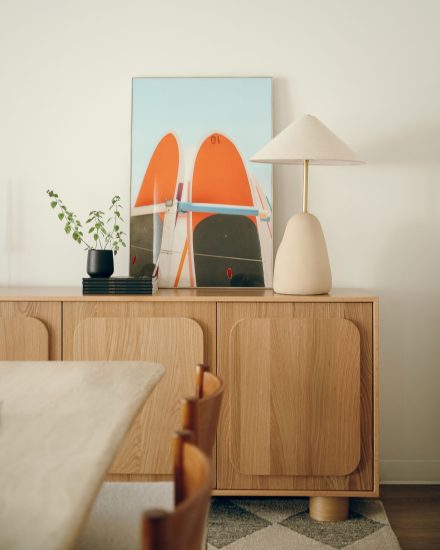
Before being seduced by style, check if a piece of furniture will last for years. A removable washable cover, replaceable parts, wood that can be sanded or oiled… These are the details that make all the difference. They limit waste, extend the life of the item, and allow it to increase in value over time, rather than losing it.
Tip: Before buying, ask yourself this simple question: if this piece breaks or gets stained, will I be able to repair or replace it easily? Good furniture is also one you can maintain.
True luxury is the kind that lasts. An “affordable” table that breaks after two years often costs more in the long run than a sturdy piece of furniture that lasts 15 years. And if you want to keep a piece that long, you’ll definitely choose a piece you truly love.
Tip: Calculate the cost per year of use. Is a $300 table that will last two years better than a $900 table that will last 15 years? The real difference is measured in years—not in price.
Antique furniture breathes character, rhythm, and depth into a space. It creates a vibrant contrast and reflects your lifestyle. It’s also often better designed and built than newer, mass-produced pieces.
Tip: In each room, try to include at least one soulful object: a family heirloom, a photo, or a secondhand treasure full of memories.
Not every space needs to be filled. Leaving a wall bare or a room intentionally minimal is a design choice in itself. Empty space allows the essentials to stand out and creates room for rest, movement, and clarity.
Tip: Always leave 20 to 35 inches (2 to 3 feet) of space in front of windows and walkways to soothe your eyes, body, and mind.
Furnishing with care means choosing pieces that reflect who you are, grow with you, and carry your memories. At Ateliers Jacob, we believe that each piece of furniture should be chosen with intention, designed to enhance your daily life by combining beauty, functionality, and, above all, meaning.